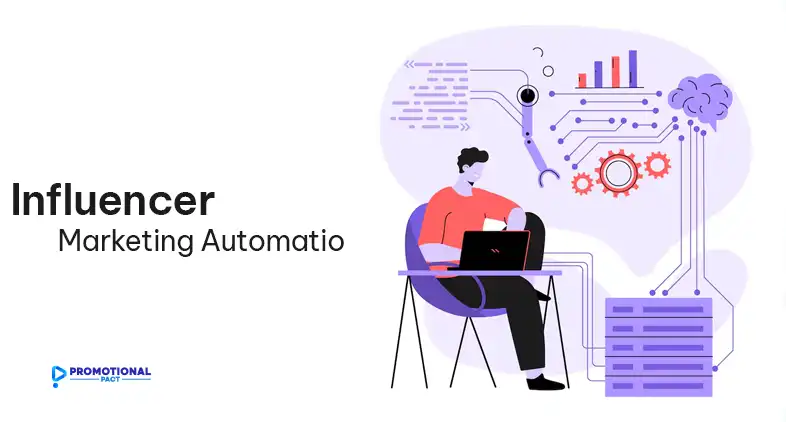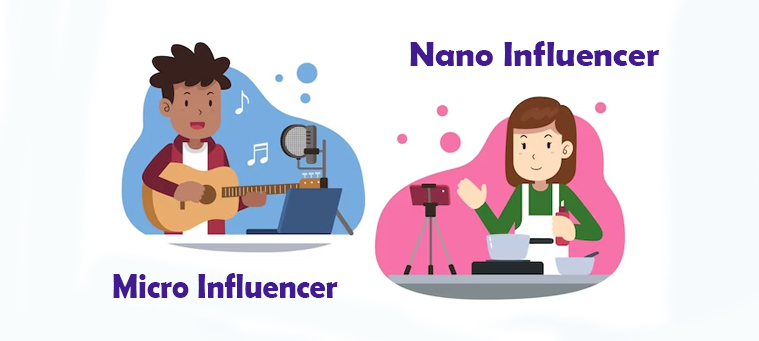
Influencer marketing has become a key component of digital strategies for many brands. However, as the scale and complexity of these campaigns grow, the need for automation becomes increasingly clear. In this detailed article, we’ll take an in-depth look at how influencer marketing automation can streamline your efforts, enhance campaign performance, and help you achieve better results with less manual effort.
What is Influencer Marketing Automation?
Influencer marketing automation refers to the use of technology to reduce or eliminate the manual processes involved in running influencer campaigns. This includes automating time-consuming tasks like finding the right influencers, managing communications, scheduling content, and tracking performance metrics. The core purpose of automation is efficiency — enabling brands to scale their influencer marketing efforts without significantly increasing workload.
Initially, influencer marketing was a labor-intensive process. Brands had to manually search for influencers, vet them, and negotiate contracts. However, with the rise of sophisticated platforms, influencer marketing automation has become more accessible. These platforms offer end-to-end solutions, including influencer discovery, campaign management, and performance tracking.
Key Benefits of Influencer Marketing Automation
- Saves Time: Automation tools cut down the time spent on manual tasks like influencer vetting and campaign reporting by up to 40-50%.
- Cost Efficiency: Instead of hiring large marketing teams, automated tools can help brands save up to 30-40% on operational costs.
- Improved Analytics: Automation tools provide real-time data, allowing brands to adjust campaigns based on performance metrics like engagement rates, conversion rates, and ROI.
- Scalability: Managing multiple influencers simultaneously becomes easier, letting brands handle up to 500% more influencers without overwhelming the marketing team.
- Consistency and Accuracy: Automation eliminates human errors, ensuring that contracts, payments, and reports are handled with precision.
Ready to take your brand’s influencer marketing to the next level? PromotionalPact offers a seamless solution to automate your campaigns, boost engagement, and maximize ROI. With our cutting-edge platform, you can easily discover the perfect influencers, manage collaborations, and track performance in real-time—all from one place. Book a free consultation now!
Which Influencer Marketing Tasks Can Be Automated?
- Influencer discovery and vetting
Automation tools can scan databases of influencers to match them with your brand’s values, audience, and goals. AI-powered discovery tools can filter influencers by demographics, engagement rates, follower authenticity, and more.
- Campaign management and workflows
Automated systems can manage the entire workflow of a campaign — from assigning tasks to influencers to tracking content submissions and approvals.
- Content scheduling and publishing
Once content is approved, it can be scheduled and published across platforms automatically, ensuring timely delivery.
- Performance tracking and analytics
Real-time data allows marketers to track key metrics such as reach, engagement, conversions, and ROI. Automation ensures that these metrics are updated continuously without the need for manual input.
- Payment processing and contracts
Automated platforms can handle contracts, payments, and tax documentation, reducing delays and ensuring compliance.
- Communication management
Automation tools can streamline communication via templates, scheduled emails, and notifications, improving efficiency while maintaining a professional tone.
Which Influencer Marketing Tasks Should Not Be Automated
- Relationship building and nurturing
While automation can streamline processes, building genuine relationships with influencers requires a personal touch. Human interaction is key to maintaining long-term partnerships.
- Creative direction and strategy
Influencers are content creators, and they need creative freedom to produce authentic content. Although automation can help set guidelines, strategy and direction should remain human-led.
- Content authenticity and personalization
Automated systems can’t fully capture the nuances of personalized content creation. It’s essential to allow influencers to craft content that resonates with their unique audiences.
- Complex decision-making processes
Automation can assist with data collection, but critical decisions about campaign direction, crisis management, and influencer selection should involve human judgment.
- Crisis management
In situations where content doesn’t perform as expected or a PR crisis arises, manual intervention is necessary to navigate complex scenarios and mitigate risks.
- Final approval processes
While automation can streamline approvals, final decisions on content, partnerships, and payments should always involve human review.
How to Implement Influencer Marketing Automation
- Preparation Phase
Before diving into automation, it’s crucial to lay a solid foundation. Start by setting clear campaign objectives and defining key performance indicators (KPIs). Your KPIs might include metrics like engagement rates, conversions, or audience growth.
Next, define your target audience personas to align your influencer selection with your brand’s demographic. Establish a budget that includes influencer compensation, platform fees, and content production costs. Create content guidelines to ensure consistency across influencer posts, and develop compliance frameworks to meet legal and ethical standards, such as FTC disclosure requirements.
- Platform Selection
When selecting an automation platform, evaluate essential features like influencer discovery, content management, and performance tracking. Consider your budget and whether the platform scales as your campaign grows. Ensure the tool integrates with your existing marketing stack (e.g., CRM systems, and social media platforms). Popular platforms include Upfluence, AspireIQ, and Traackr.
- Implementation Steps
Once you’ve chosen a platform, begin by setting up and configuring it based on your campaign needs. Create customized workflows that outline each step of your campaign, from influencer onboarding to post-campaign reporting. Train your team to use the platform effectively and conduct testing and quality assurance before launching.
Best Practices for Automated Influencer Marketing
While automation can save time, it’s essential to balance it with a human touch. Data-driven decision-making is critical, but ensure you’re also considering qualitative factors like influencer creativity and audience connection. Always prioritize compliance with disclosure laws, and have a solid risk mitigation strategy in place to handle potential issues. Regularly review and optimize your processes to maintain quality control and improve campaign performance.
Key Metrics to Monitor in Influencer Marketing Automation
- Engagement Rate: The percentage of an influencer’s audience that actively engages with their content. A good engagement rate typically falls between 1-3% for larger influencers and 4-10% for micro-influencers.
- Conversion Rate: The number of sales, sign-ups, or other desired actions taken by an audience after viewing an influencer’s content. The average influencer marketing conversion rate is around 2-3%.
- Cost-Per-Engagement (CPE): The total cost of the campaign divided by the number of engagements. A well-optimized campaign often achieves a CPE of $0.20 – $0.30.
How to Choose the Right Influencer Marketing Automation Tool
When selecting a tool, consider the following:
- Budget: Pricing for influencer marketing automation tools ranges from $250 to $1,500 per month depending on features and scale.
- Features: Focus on tools that align with your needs. If influencer discovery is a priority, choose platforms like Upfluence. For end-to-end management, tools like GRIN are ideal.
- Ease of Use: Opt for tools that offer a user-friendly interface and seamless integration with your current marketing stack.
- Support and Scalability: Ensure the tool can support your growth. If you plan to scale influencer partnerships, select platforms that offer advanced management and tracking capabilities.
Frequently Asked Questions
What is influencer marketing automation?
It is the process of using software tools to streamline the tasks involved in running influencer campaigns, such as influencer discovery, communication, and performance tracking.
How much can automation save on influencer marketing costs?
Automation can reduce operational costs by 30-40% due to fewer manual tasks and smaller marketing teams.
What are the top tools for influencer marketing automation?
Some of the leading tools include Upfluence, Traackr, GRIN, and Klear. Prices range from $250 to over $1,500 per month, depending on the platform and features.
Can small businesses use influencer marketing automation?
Yes, many tools offer scalable solutions for small businesses. Tools like AspireIQ and Klear have flexible pricing plans that cater to businesses of all sizes.
How does automation improve campaign performance?
By providing real-time data, automating influencer outreach, and tracking key metrics, brands can optimize their campaigns and improve engagement, conversions, and overall ROI.
Wrap Up
Influencer marketing automation is a powerful tool for brands looking to enhance efficiency, reduce costs, and maximize campaign impact. By leveraging platforms like GRIN, Upfluence, and Traackr, businesses can scale their influencer efforts while maintaining control over campaign quality and results. Whether you’re a small business or a global brand, automation can drive higher engagement, better ROI, and seamless influencer collaboration.
If you’re ready to take your influencer marketing to the next level, consider integrating automation into your strategy today.

